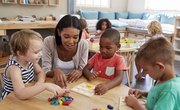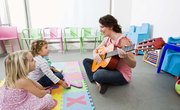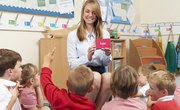Creative curriculum lesson plans are becoming popular in American school systems. Advocates of the creative curriculum maintain that this style of teaching takes advantage of a child’s natural curiosity and uses it to stimulate a desire to learn. For this reason, creative curricula are becoming widely used in younger grades.
Identification
A creative curriculum is an educational lesson plan that integrates interactive teaching methods, while traditional curricula are book-based and focus on a series of disciplines that build upon one another, much like a ladder. Creative curricula use real-life experiences to teach students and are based on the idea that students are better able to retain knowledge through personal experience and analytical thinking as opposed to memorization. For example, a recent Head Start Family and Child Experiences Survey showed an increase in test scores for students learning through this method as opposed to traditional methods.

Themes
A creative curriculum organizes disciplines into silos or themes. A classroom utilizing a creative curriculum should have a weekly schedule that emphasizes a different theme a week to prepare students for what they will focus on in any given week. For instance, teaching a preschool student how to count might be one lesson plan incorporated in the theme “Numbers in Nature.”
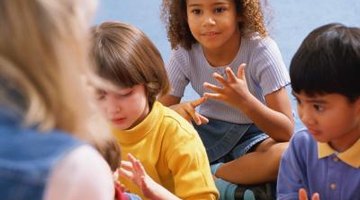
Lesson Plans
One important tenet of the creative curriculum is the use of interactive lesson plans. Teachers use several activities to enforce the current theme. For instance, if you were trying to teach your preschool class how to count, instead of depending on a number line and visual aids, a creative curriculum might use shoes to teach counting. The teacher might arrange students to sit in a circle and have them take off their shoes and place them in the middle of the circle. Several counting activities could be done utilizing counting, but the kids are likely to be more interested because of the personal relationship they have with their shoes as opposed to a number line.
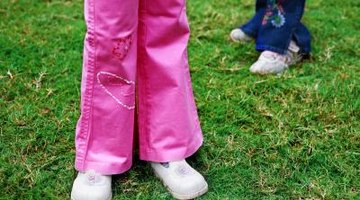
Games
Creative curricula use games to enforce their themes as well. Puzzles and analytical toys are widely popular with creative curriculum lesson plans. To a child, a set of counting bears appear to be a toy to play, but if they are utilized correctly, counting bears can be a way to reinforce the instruction of counting.
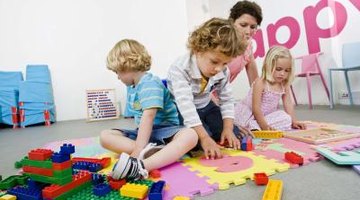
Activities
Creative curricula are also highly dependent on expressive activities. These may include any games, activities or instruction methods that allow the students to express themselves as a way to reinforce the teaching themes. This could include paintings drawing or putting together puzzles. For instance, a creative curriculum might use a finger-paint activity to teach colors. Students would be allowed to associate a new color to a creative expression of their choice. The idea is the keep the students interested by using their own self-expression in the lesson plan.
Related Articles
References
Writer Bio
Baptist Johnson was first published in 2000 when a poem he wrote won first prize in a local writing contest. He also writes and edits for Etched Press Society, a micro-publishing company based in Wilmington, N.C. Johnson has a Bachelor of Science in business administration from East Carolina University.



